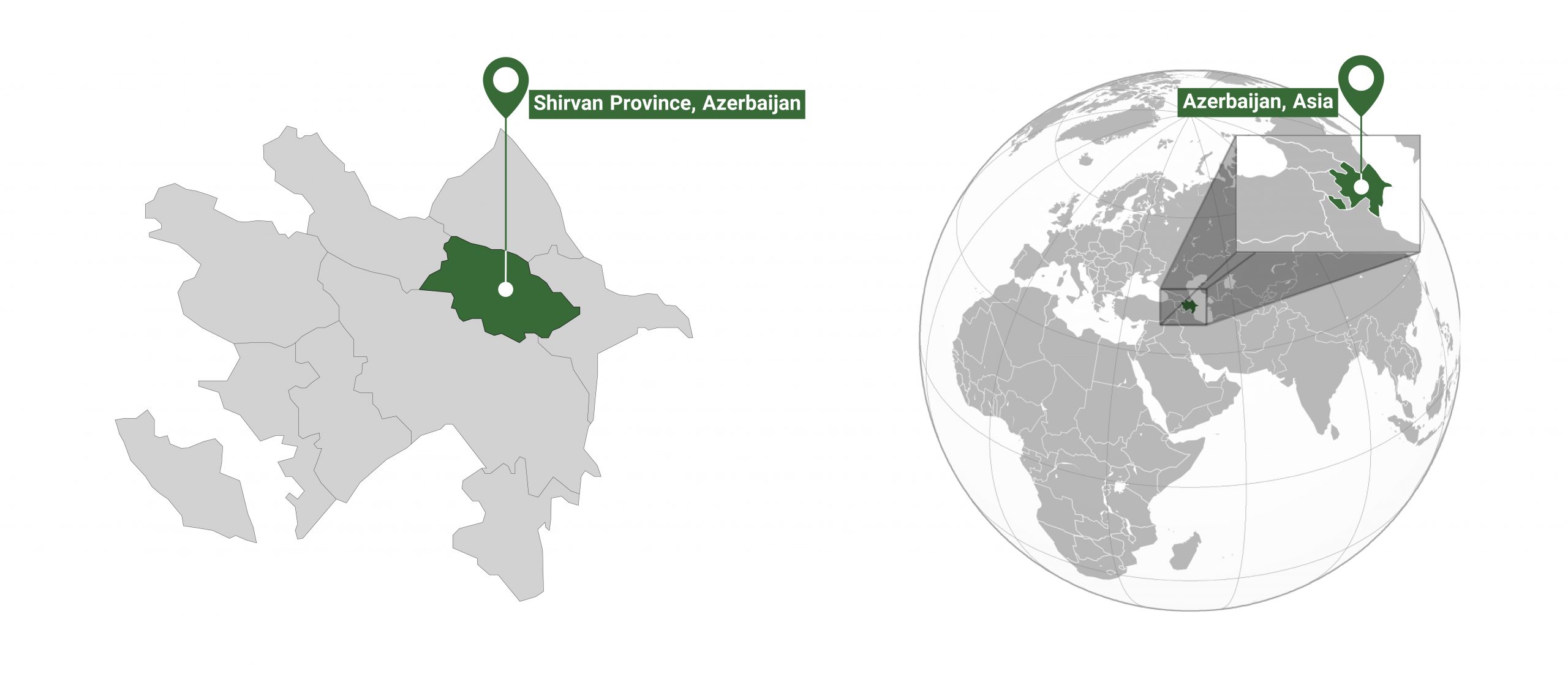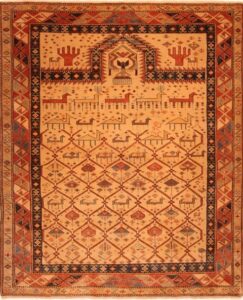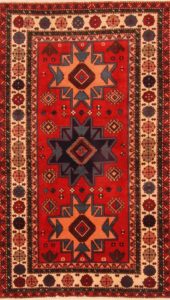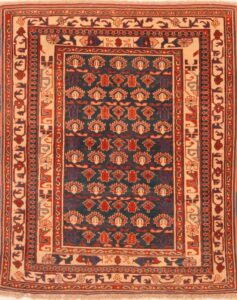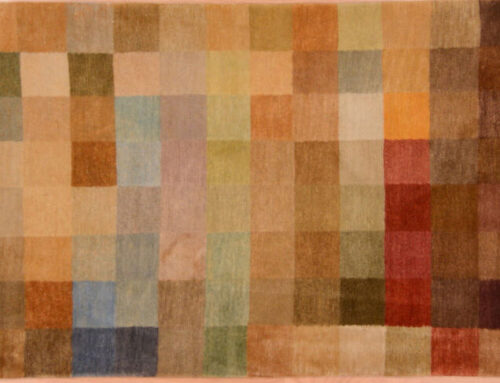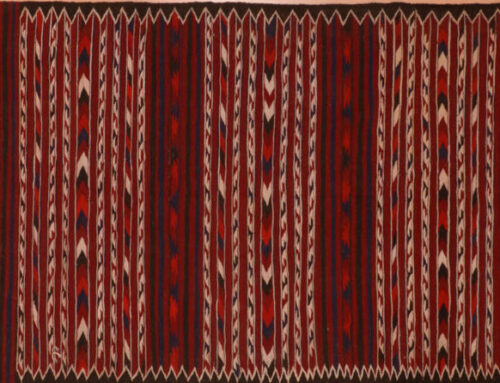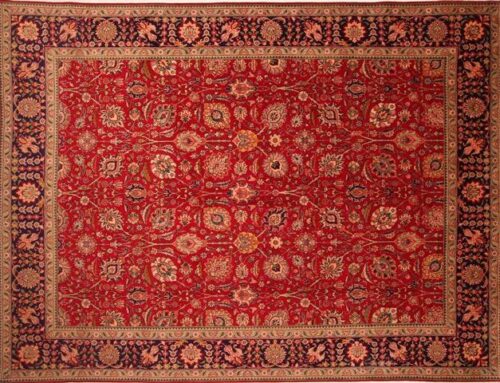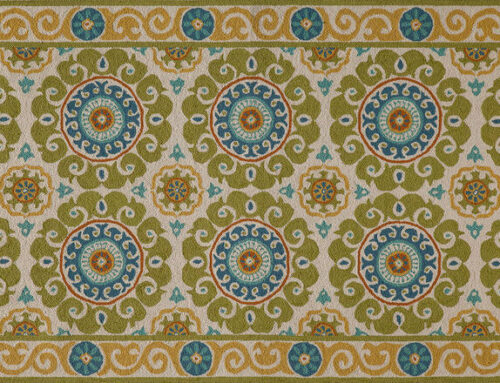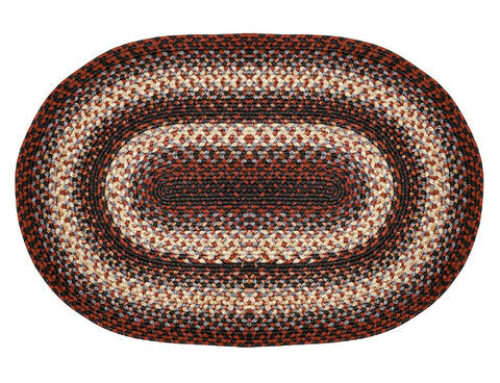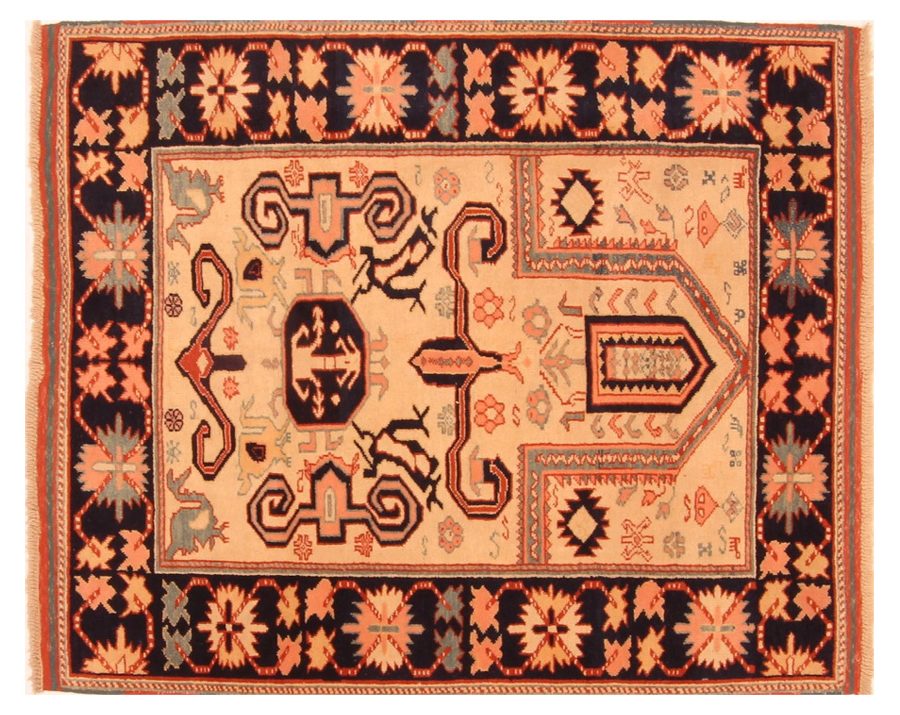
Origin of Shirvan Rugs 1
Shirvan Caucasus. Shirvan is a district located in the eastern Caucasus region. Shirvan formats range from small bags to rugs approximately eight feet by five feet. Runners and gallery sizes are made to approximately twelve feet in length. They are woven from very good to very fine in grade quality.
Early versions are preserved in museums. Art lovers and collectors use Shirvan rugs on their floors or as wall hangings. These rugs have always been in high demand in the antique market.
History of Shirvan Rugs
It is positioned among the Baku, Gendje, Kuba, and Talish districts. The Shirvan population is mostly made up of Azeri, Chechen, and Lesghi tribes who can trace their weaving traditions back centuries. This district has several famous weaving villages that can be identified by design and quality. The village of Chajli, in southwestern Shirvan, made fine rugs similar to Anatolian (Turkish) and Kazak designs. Other villages such as Bidjov and Marasali, were also recognized for their unique designs and fine quality. Shirvan also produced fine flatwoven Kilim rugs such as Palas, Soumak, and Verneh. Shirvan rugs are known in the antique market from the seventeenth century.
Until the mid-twentieth century, the majority of the worldwide antique carpet market grouped all Shirvans and eastern Caucasian pile rugs together, calling them “Cabistan” rugs. It is believed that Cabistan is a corruption of Kuba and stan; this improper geographical origin was used in the trade for decades. After research presented in publications and exhibitions and at conferences, it was understood within the antique trade community that Cabistan rugs should be recognized by the individual Shirvan town or village in which they were woven.
Characteristics of Shirvan Rugs
-
Material and Knots
The rug warp is made of wool. The weft is cotton or, at times, wool or a mixture of wool and goat hair. Some rare Shirvan examples on silk foundations can also be identified. The pile is made from sheep wool, which is fine, shiny, and silky to the touch, and is woven low in height, four to seven millimeters. The Turkish (symmetric) knot is employed. Shirvan weavers used a large variety of colors for the field, borders, design elements, and outlines.
-
Color
Today Shirvans have retained worldwide attention for their artistic nomadic designs, exquisite weaves, and harmonious natural-dyed colors.
-
Design and Pattern
In the seventeenth century, Shirvan rugs had a geometric style and an allover design using Blossom or shield patterns. By the eighteenth century Shirvan weavers started to include center medallions, Boteh (paisley), Herati (fish), Mihrab (prayer arch), Minakhani (rosette-linked trellis), and Shah Abbas palmette patterns, which were incorporated with tribal and nomadic motifs.
During the eighteenth century Western countries began to recognize Caucasian art, which resulted in a weaving revolution throughout Shirvan. Design influences from Persia, Anatolia (Turkey), and the surrounding Caucasus region helped Shirvan weavers develop many new, attractive designs and rug qualities at this time.
By the nineteenth century, Shirvan was one of the first districts to weave small, delicate design elements such as flower heads, animals, birds, and other nomadic ornaments in the medallions, large palmettes, and background. Mohammedan (Islamic) dates appear on some of these rugs from the nineteenth century, and occasionally include the weaver’s name. During the height of the commercial rug-export boom of the nineteenth century, the Shirvan district was a leader in rug production, fulfilling the needs of European tastes.
Marasali weavers used the Boteh motif in the allover and prayer styles. The main border included either Boteh or stylized bird-shaped motifs. Rare examples of fine silk foundation rugs from Marasali village appear in the antique market from time to time, and are considered one of the most valuable weavings from the Caucasus region.
Shirvans that have unusual designs, colorations, or weaves are mainly the result of tribal movements from one weaving region to another and of intertribal marriages.
Collections
- Shirvan Rug | © Rugman
- Shirvan Rug | © Rugman
- Shirvan Rug | © Rugman

